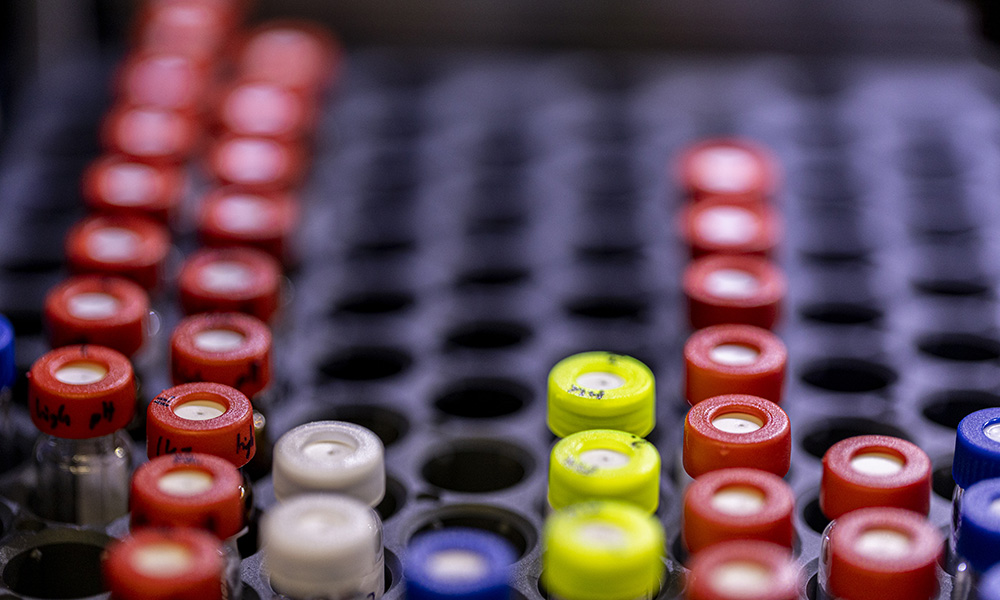
Read the latest Issue
EMBL researchers are studying how drugs that have shown good results against COVID-19 work in living cells

To identify drugs that are effective against COVID-19, we need to understand how they work, known as their mode of action (MoA). EMBL researchers are using a technology called thermal proteome profiling, which can systematically identify targets for potential drugs in living cells. This will be used to identify which proteins in the cell are targeted by approved drugs that have shown potential against COVID-19. Most of these drugs are used against other diseases, but their MoA is still unknown. Identifying their MoA will help scientists to quickly propose other efficient drugs or drug combinations to treat COVID-19, which are urgently needed until a vaccine is developed and made available globally. Drugs will possibly be needed afterwards too, if COVID-19 becomes seasonal, as backup therapies when vaccination fails to cover individual people.
The project will rely on services provided by EMBL’s Proteomics Core Facility (PCF). The PCF helps scientists from EMBL and other institutions to identify proteins and study their physical and chemical properties. The facility provides state-of-the-art mass spectrometry. This is an essential tool for the analysis of proteins, and is needed to understand the MoA of potential drugs against COVID-19.
Looking for past print editions of EMBLetc.? Browse our archive, going back 20 years.
EMBLetc. archive